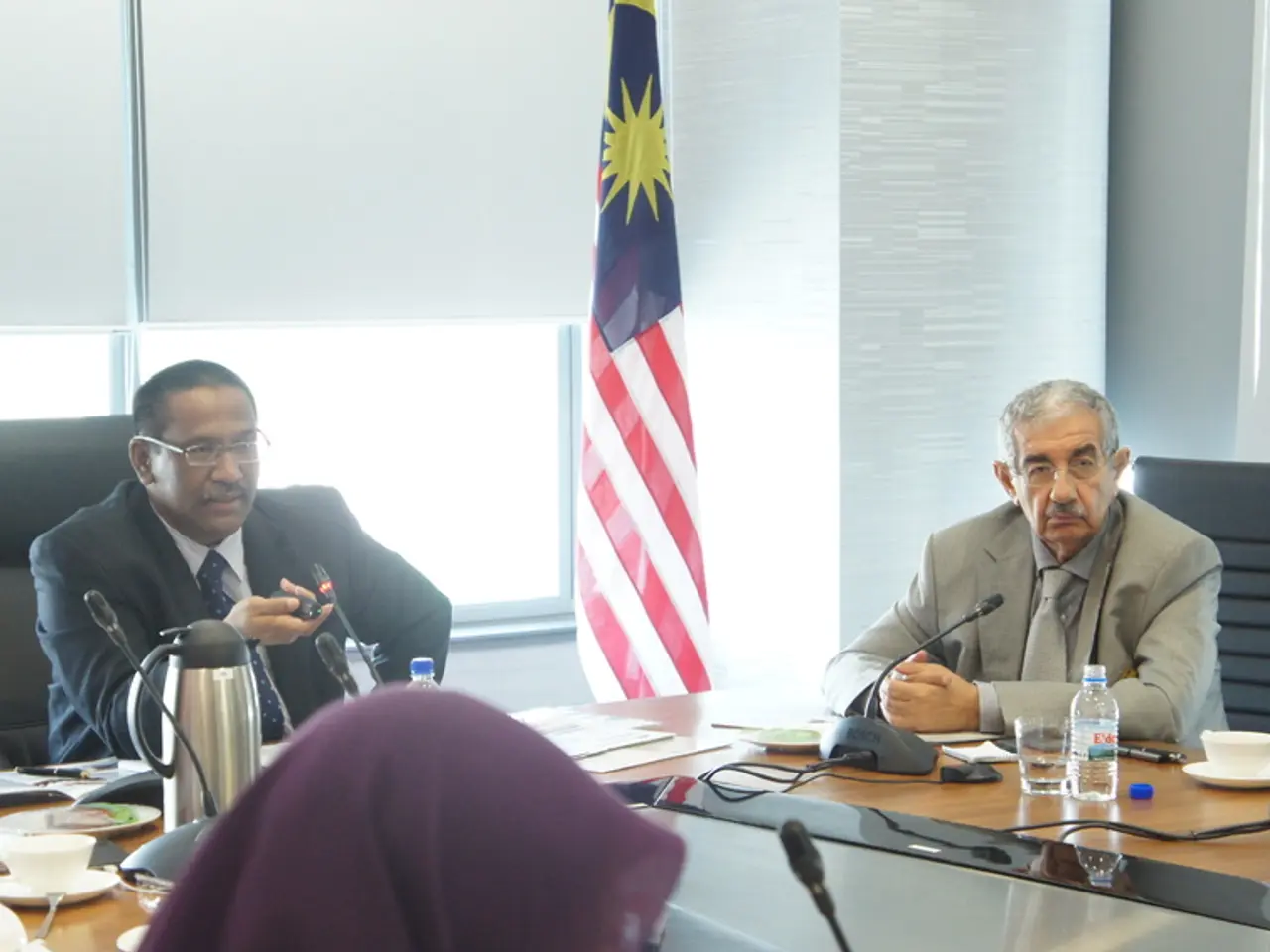Decrease in Asylum Requests During the Initial Half of 2025 - Asylum applications see a minimal start in the initial half of 2025
In the first half of 2025, Germany has witnessed a significant decrease in asylum applications, with a notable drop of approximately 43%, totaling 65,495 applications between January and June. This reduction can be attributed to several interrelated factors, including the situation in Syria, stricter migration policies, and enforcement measures by Germany and Balkan countries.
### Factors Contributing to the Decrease
#### 1. Situation in Syria
While Syria remains one of the main countries of origin for asylum seekers, the broader context shows a decline in arrivals from Syria and other key countries like Afghanistan and Türkiye. This decline may be linked to evolving conditions in Syria, border restrictions, and geopolitical factors influencing people's ability or decision to flee.
#### 2. Stricter Migration Policies and Processing in Germany (BAMF)
The Federal Office for Migration and Refugees (BAMF) has introduced legislative changes that have tightened rules for asylum seekers. These changes include complete cuts to social benefits for inadmissible cases, prioritizing older cases for processing, and increased border checks, which have resulted in increased rejections and reduced access for asylum seekers.
#### 3. Cooperation and Migration Controls with Balkan Countries
Balkan countries, key transit routes to Germany, have enhanced their migration management and border enforcement. Coordination between Germany and these countries has led to more rigorous border checks, limiting irregular migration routes and onward movement toward Germany.
#### 4. Impact of the Dublin Regulation
Germany's application of the Dublin system—the rule that asylum seekers should apply in the first EU country they enter—has become stricter, with more transfers back to initial entry countries and reduced social benefits for Dublin inadmissible cases. This, combined with the stricter enforcement of the Dublin system, disincentivizes asylum applicants from Germany and possibly diverts flows to other countries or deters applications altogether.
These combined factors have led to a significant and sustained reduction in the number of asylum applications in Germany during early 2025, reflecting a more restrictive migration environment both within Germany and along key transit routes. Initial reports suggest a nearly 50% decrease in asylum applications compared to the same period last year in Germany.
- The reduction in asylum applications in Germany during the first half of 2025 can be partially attributed to the stricter employment policies implemented by the Federal Office for Migration and Refugees (BAMF), which have led to increased rejections and reduced access for asylum seekers.
- The decrease in asylum applications from Syria, Afghanistan, and Türkiye may also be linked to the evolving political climate and war-and-conflicts in these countries, which has decreased the number of people seeking employment opportunities through migration.
- The politics of policy-and-legislation have played a significant role in the reduction of asylum applications, with Germany's implementation of the Dublin Regulation and coordination with Balkan countries leading to more rigorous border checks and increased enforcement, limiting irregular migration routes and onward movement toward Germany.





